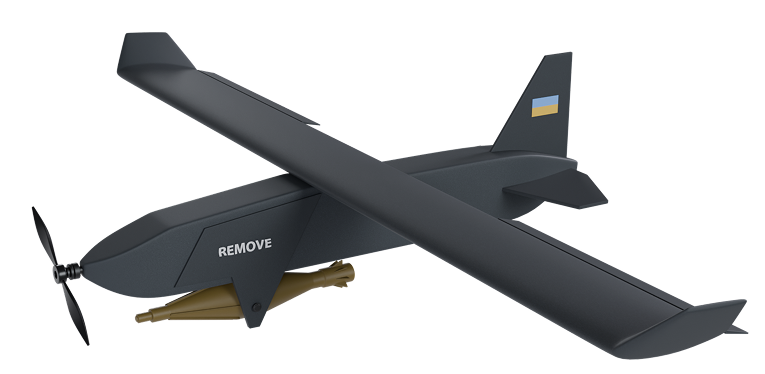FPV in the New Reality of Modern Combat
The modern battlefield cannot be imagined without FPV drones. These fast, highly maneuverable platforms with first-person-view cameras have become tools for precision strike, reconnaissance, and delivering firepower against the enemy. However, with the development of electronic warfare (EW) capabilities, operators face new challenges — jamming of control signals, loss of video feed, and interference with navigation.
Below we consider the main principles and tactical decisions that allow FPV drones to be used effectively even in areas of active EW.
1. Analysis of the Electronic Environment
Before each mission, it is important to assess the level of the enemy’s EW activity.
Typical threats:
• RC-channel jamming: disrupts drone control;
• Video-signal blocking: makes precise targeting impossible;
• GPS suppression: affects stabilization systems or return-to-home functions.
Comprehensive frequency-spectrum reconnaissance helps identify “clean” frequencies and plan a safe launch area.
2. Mission Preparation
Route and flight duration.
An FPV drone must act quickly — from launch to engagement should take no more than a few dozen seconds. This minimizes exposure time to EW.
Frequency selection.
Shifting from the conventional 5.8 GHz band to alternative frequencies (for example, 2.4 or 1.3 GHz) is used where interference intensity is lower.
Transmitter power optimization.
Excessive power is not always effective — it makes the drone more noticeable to EW systems. A balance between signal range and concealment is important.
Test flights.
Short check flights help verify channel stability and adjust settings before combat employment.
3. Tactical Decisions During Active EW
FPV Teamwork
Instead of single launches, paired or swarm tactics are increasingly used:
• one drone acts as a “scout” and determines the limits of EW coverage;
• another approaches from the flank or below, using a “window” in the interference.
Mass launches of multiple drones at once are also used to overload jamming systems.
Relays and Distributed Control
Relay nodes are used to increase link resilience:
• ground stations with high-gain antennas;
• airborne relays — drones that pass the signal further along the chain.
This approach enables control of FPV drones at long distances even under strong signal suppression.
Autonomy and Contingency Modes
Modern FPV systems are equipped with autopilot modes or behavioral algorithms that allow them to:
• automatically continue a course in case of control loss;
• complete the attack without operator control;
• or safely return to the launch point.
This reduces the risk of losing the platform and increases mission success probability.
4. Maneuverability and Concealment
FPV drones have advantages in speed and flight profile. To reduce the chance of detection, the following are used:
• flights at very low altitudes (up to 5–10 m);
• routes that exploit terrain and natural cover;
• minimizing thermal and radio signatures through appropriate component selection.
The “pop-up” tactic — a short altitude gain immediately before the attack — allows remaining concealed until the last moment.
5. Operator Training and Experience
Technology is only part of success. The decisive factor is professional crew training:
• the ability to quickly change frequency or power;
• navigation by terrain without a video feed;
• practical drills under jamming conditions.
An experienced operator can accomplish the mission even in a completely “noisy” spectrum.
Conclusion
FPV drones remain one of the most effective means of pinpoint attack even in a strong EW environment. The secret of success lies in the right combination of technical solutions (relays, frequency maneuverability, autonomous modes) and highly trained crews.
If you’d like this adapted for a presentation, article, or headline—tell me which format and tone you prefer.
